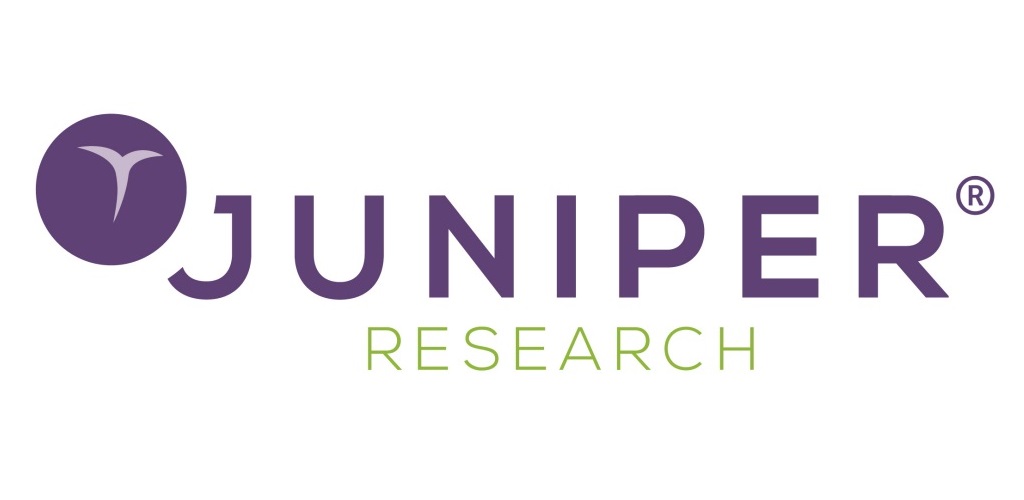The GENIUS Act is Genius. It acts as a game changer, ensuring that the future of money runs onchain.

The Group of Thirty’s recent report on the future of money raises interesting points, especially those highlighting how tokenization is a game-changer. But its take on stablecoins misses the mark. Comparing them to the chaotic “free banking” era of 19th-century America is wrong, because today’s U.S. regulatory framework, especially under the GENIUS Act, is built to address exactly the risks the report worries about.
an article by Faryar Shirzad, Chief Policy Officer at Coinbase
The Free Banking Analogy: Anachronistic and Misleading
The G30’s central concern about stablecoins is that the current model could create a fragmented monetary system with multiple private currencies „circulating at fluctuating rates,” echoing the disorder of pre-Civil War American banking. This historical parallel, however, ignores fundamental differences between then and now. The free banking era suffered from information asymmetries, geographic fragmentation, uncertain reserve quality, and absence of federal oversight.
More fundamentally, the G30 misses two key distinctions between pre-Civil War banking and the GENIUS Act.
First, banks make long-term, often risky loans to private individuals and corporations, which exposes them to both credit and liquidity risks. In contrast, stablecoin issuers typically hold short-term government bonds, which are virtually risk-free and highly liquid. As a result, stablecoin issuers are significantly safer than traditional banks, past or present.
The second distinction is that, unlike the pre-Civil War approach to different currencies, the U.S. and other major jurisdictions have robust national regulatory regimes overseeing the issuance of stablecoins. In the U.S., the GENIUS Act establishes uniform reserve requirements, transparent backing, federal supervision, and technological infrastructure enabling real-time verification.
Specifically, the law mandates that regulated stablecoins maintain 1:1 backing with high-quality liquid assets, including short-term Treasuries, repos, reverse repos, and cash deposits. This requirement, combined with forthcoming capital and risk management rules from the Federal Reserve and OCC, creates what the Act’s proponents term „singleness” for stablecoins—each regulated dollar stablecoin functions as a dollar, not as a competing currency with fluctuating exchange rates. When all issuers must hold the same quality of reserves under identical regulatory standards, any stablecoin dollar is for all practical purposes equivalent to a dollar.
Run Risk: Overestimating Fragility
The G30 report warnings of „inherent fragility” and „run risk” are rendered moot by provisions of GENIUS. Issuers cannot engage in fractional reserve lending; they are required to hold 1:1 reserves of liquid assets against the stablecoins they issue and adhere to capital and liquidity requirements. This structure is specifically designed to handle significant redemption demands even during market stress.
The G30 correctly notes that the Act permits a limited basket of different high-quality liquid assets, suggesting this introduces risk variation. However, this concern should be addressed through appropriately calibrated capital requirements that account for any marginal differences in asset risk profiles—a standard regulatory approach that the forthcoming prudential framework can easily accommodate. The report mistakes minor technical deviations from parity for systemic instability. It fails to recognize that these small, market-clearing price adjustments are actually a healthy feature of any market-based system, ensuring liquidity is available where and when it’s needed. The primary regulator of stablecoins is the OCC, which is the U.S.’s primary regulator of national banks and which has extensive experience in using its supervisory requirements to ensure that the reserve assets backing a stablecoin are appropriate to manage any potential risk.
Illicit Finance: Context Matters
Perhaps the report’s most questionable claim is that stablecoins „threaten to undercut taxation and legal enforcement worldwide.” The G30’s analysis focuses on the fact that stablecoins constitute a large share of illicit crypto transactions. By focusing on the composition of onchain crime between stablecoins and other crypto assets, the report obscures the far more important reality of its overall scale. In fact, the most relevant figures show that illicit activity represents a tiny fraction of total onchain volume, with 2025 reports from both Chainalysis and TRM Labs placing the number for all of 2024 at just 0.14% to 0.4%.
Moreover, the report inadequately addresses how GENIUS tackles these concerns. The Act requires full Bank Secrecy Act compliance and directs regulators to explore enhanced anti-money laundering systems that leverage blockchain’s inherent transparency. Public ledgers enable end-to-end transaction tracing that traditional banking networks cannot match—providing real-time visibility into fund flows, identifying suspicious patterns more efficiently, and potentially reducing compliance costs through greater automation and visibility. Finally, stablecoin issuers can easily freeze illicit funds across the globe, a feature that is not present in the traditional financial system. Rather than undermining enforcement, properly regulated stablecoins could strengthen it. The report acknowledges these technological benefits in passing but does not integrate them into its risk assessment, presenting potential risks without balancing them against the unprecedented traceability and enforceability advantages.
The criticisms of illicit finance and taxation are akin to the worries that policymakers voice at the advent of the internet. To be sure, technology brings change, and regulators—and the public—have to adapt to these changes. But pretending the technology will go away isn’t a credible answer.
Yield Competition: Pro-Competitive Innovation
The G30’s objection to stablecoins „competing on yield” reveals a fundamentally anti-competitive stance that contradicts sound public policy. In existing fintech and traditional payment systems, companies extensively rely on revenues from transaction fees and float to fund rewards programs, marketing, and distribution. The report’s suggestion that stablecoin issuers and their affiliates should be blocked from similar practices represents regulatory overreach that would stifle innovation and harm consumers who benefit from more competitive offerings. As multiple global officials have stated clearly, the role of regulation is not to preserve the business model of any particular incumbent industry in perpetuity. Such an approach is bad for financial innovation, bad for the health of the financial system, and bad for consumers.
Conclusion
The GENIUS Act is a game changer, ensuring that the future of money runs onchain. It provides the risk guardrails, clarity, and regulatory certainty necessary to support broader adoption of stablecoins in the United States. The next step is to extend the principles of the GENIUS Act globally. A harmonized international regulatory framework for stablecoins would foster cross-border financial innovation, reduce systemic risk, and create a stable foundation for digital currencies to integrate seamlessly into the global financial system.
Dariusz Mazurkiewicz – CEO at BLIK Polish Payment Standard
Banking 4.0 – „how was the experience for you”
„To be honest I think that Sinaia, your conference, is much better then Davos.”
Many more interesting quotes in the video below:










